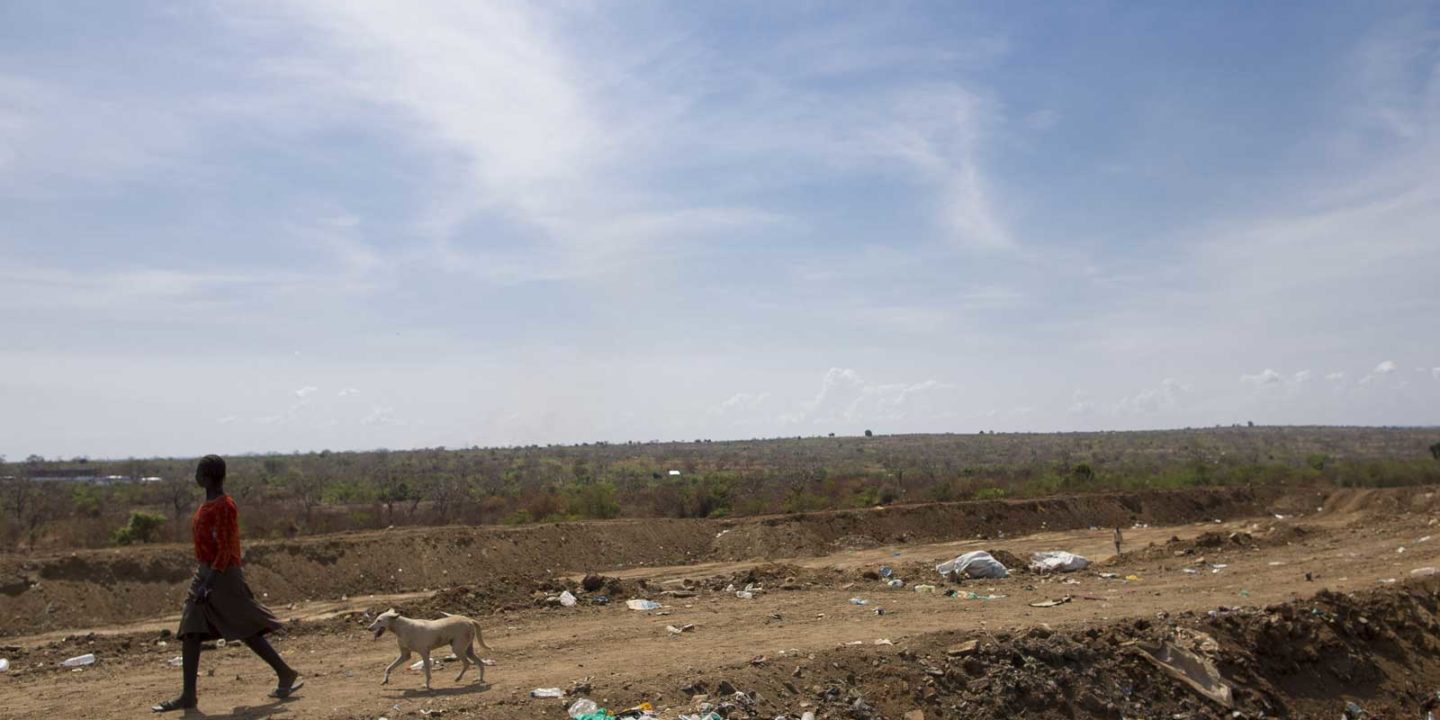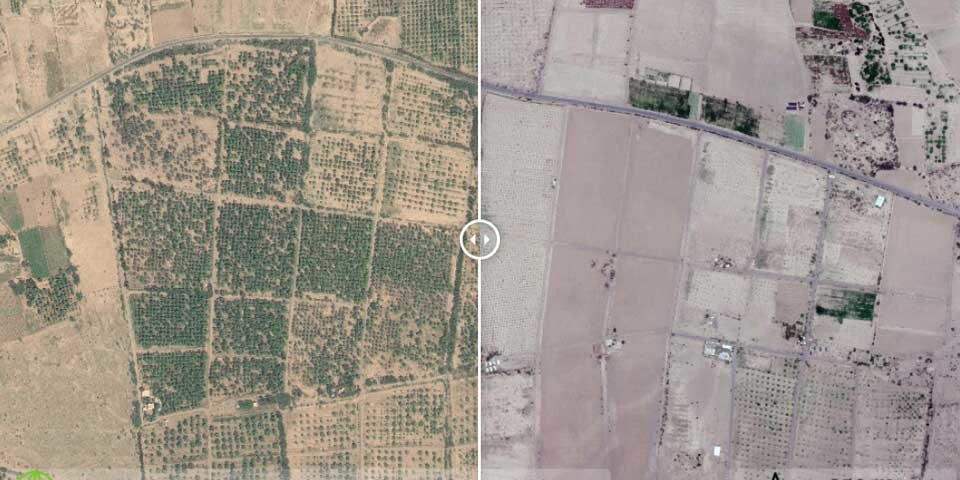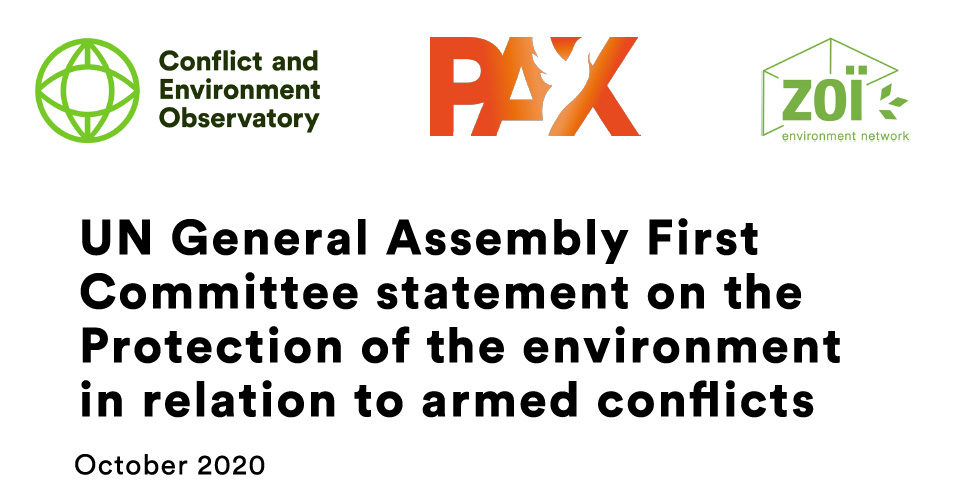Report: Enhancing corporate environmental responsibility in conflict-affected settings
Report examining what steps states and private companies should take to reduce corporate environmental harm in areas affected by armed conflicts, exploring the OECD Guidelines on Multinational Enterprises, UN Guiding Principles on Business and Human Rights and the ILC’s PERAC principles.








